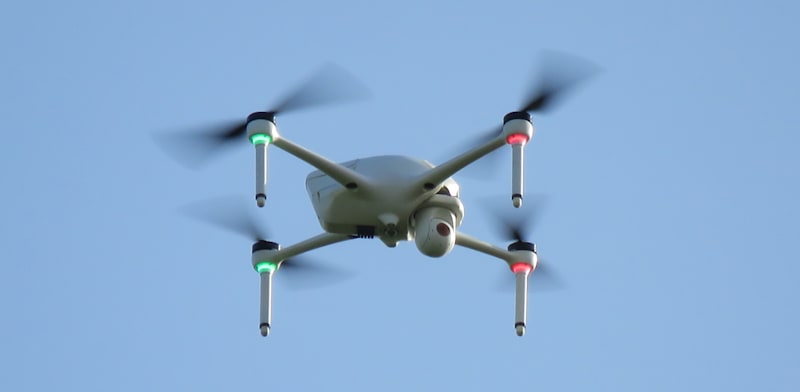, a manufacturer of autonomous drones, has signed its first contract with Zzapp Malaria, the creators of an AI platform that develops and supports Malaria eradication strategies.
Malaria is a preventable disease spread by the Anopheles mosquito. According to the WHO (World Health Organization), there are over 220 million cases of Malaria every year, causing over 400,000 deaths – 67% of which are children under 5. Nearly half of the world’s population is at risk of Malaria, with the WHO African region accounting for almost 95% of world Malaria cases and deaths.
The two largest bodies alone (the Global Fund and US government funding) spend close to $2.5 billion annually on Malaria control.
Airobotics will use autonomous drones to provide fast, detailed mapping of standing water bodies in São Tomé. The mapping will enable Zzapp Malaria’s AI platform to analyze the water bodies and to identify and predict mosquito breeding grounds. Zzapp will then create and monitor an efficient strategy to disrupt mosquito breeding in these areas, eliminating the carrier and eradicating malaria in the area.
Zzapp Malaria plans to automate the breeding ground disruption process itself, using Airobotics drones to spray mosquito breeding grounds.
Meir Kliner, Airobotics CEO and Co-Founder:
“We are happy that the technology we developed enables us entry into a new, life-saving field. Our initial deal with Zzapp Malaria marks the first step of our entry into the fight against Malaria. We believe that Airobotics can bring much added value to Zzapp’s unique product and can enable Zzapp to expand and grow into more countries.”
Arnon Houri-Yafin, ZZapp Malaria CEO:
“We are very happy to work with Airobotics’ advanced drones. Airobotics’ emphasis on automation and autonomy is a good fit with our approach which relies on massive data collection and analysis and utilizing AI and cellular phones to create efficient processes in place of today’s mostly manual processes. Using drones, we will be able to cover large areas and accurately locate water sources, especially in swampy areas, which are prime mosquito breeding grounds but difficult to reach on foot.”
Source: Press Release

